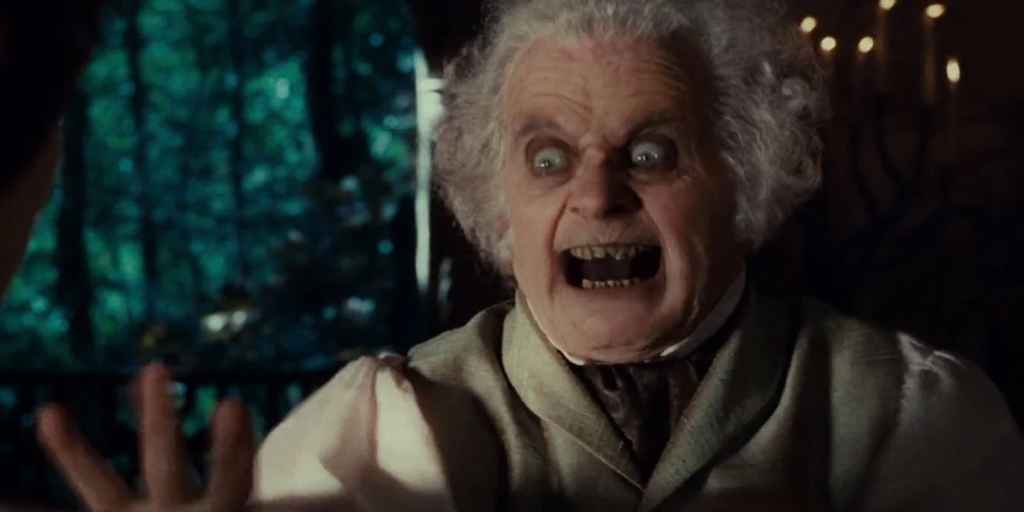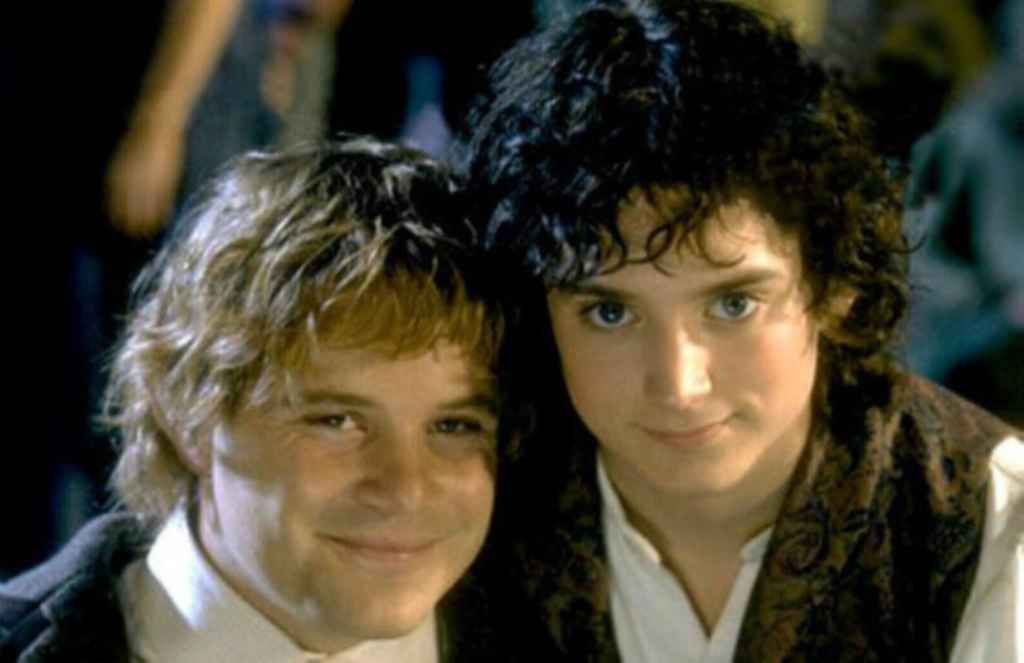Guides • Perfecting your Craft
Last updated on Oct 15, 2025
How to Find the Theme of a Story (in Three Steps)
Martin Cavannagh
Head of Content at Reedsy, Martin has spent over eight years helping writers turn their ambitions into reality. As a voice in the indie publishing space, he has written for a number of outlets and spoken at conferences, including the 2024 Writers Summit at the London Book Fair.
View profile →Earlier in this guide, we showed you how a theme can bring meaning to a story (or, in some cases, be the very reason for its existence). If you are a writer, you might be wondering: are you supposed to write with a theme in mind, or is it something you discover?
While some authors do have grand themes in mind before they start their first draft, from our experience, most writers tend to find their themes when re-writing their manuscripts. Indeed, it's often more natural and organic to write your character and stories first — then discover what it means once you have it on paper.
Here are three steps to help you identify and amplify the theme of any story if you've written.
1. Brainstorm nouns related to the story
Take a piece of paper and ask yourself what the story is about. Write down what comes to mind — and don't censor yourself. If you had written The Lord of the Rings, for example, you might jot down “powerful ring,” “fellowship,” and “long journey.”
Then try and extract broader ideas in the form of nouns from these integral plot elements:
- “powerful ring” could lead you to “power,”
- “fellowship” to “friendship,” and
- “journey,” of course, always indicates "change" or "growth"
You’ll usually have an instinctive sense of which one would be the central theme if it’s the element you couldn’t leave out when describing the story to someone new. For our purposes, let's chose "power" as our central noun and move to the next step.
2. Determine your thematic statements, if any
Now you’ve got a few core ideas together, consider what messages the story conveys about these subjects. For example, “a story about power” would not really be a thorough description of Tolkien’s trilogy.
Instead, ask yourself what the story’s opinion of power is, and you’ve got the thematic statement right there: “power corrupts.”

The story won’t always take a clear stance on every one of its themes. “Friendship is great” is hardly a hot take, so friendship is more of a thematic concept in Tolkien’s work, not a statement. A concept operates much like a motif in that it recurs throughout.
3. Rewrite the story through the lens of your theme
Through steps one and two of this process, you will have chipped away at the bedrock of your story and unearthed one or more thematic elements. If this is done at an early stage of your editing process, you may wish to focus your rewrites on amplifying these concepts and statements.
And, as is so common with rewrites, most of the addition is done through subtraction — by which we mean you should consider changing or removing any element that doesn't contribute to your central themes.
Even Tolkien's greatest fans would happily admit that he isn't the leanest of writers. Peter Jackson, Fran Walsh, and Phillipa Boyens's screenplay of The Lord of the Rings understood the need to focus on this central theme of "power corrupts." For this reason, 2001's The Fellowship of the Ring retains most of Tolkien's passages relating to the Ring's corrupting power — Bilbo's obsession, Boromir's temptation, Gollum's lament — while removing non-relevant threads like the strange singing forest man, Tom Bombadil.

BREAKING NEWS: Local men spend nine hours returning jewelry.
Similarly, a writer can re-examine their protagonist's motivations and behaviors in an early draft to see where it might be changed to heighten the themes.
In another world, there could be a version of Lord of the Rings where Frodo is corrupted by the Ring, only to find redemption after realizing that "with great power comes great responsibility" (to quote another popular franchise). But instead, he is saved by his closest ally Samwise Gamgee, a noble hobbit driven by friendship — which just so happens to be one of the story's central themes!
Once you understand the themes of any story you're telling, the act of realigning the structure and narrative to better suit those themes can be as satisfying as completing a jigsaw puzzle! We hope you've enjoyed this guide.

